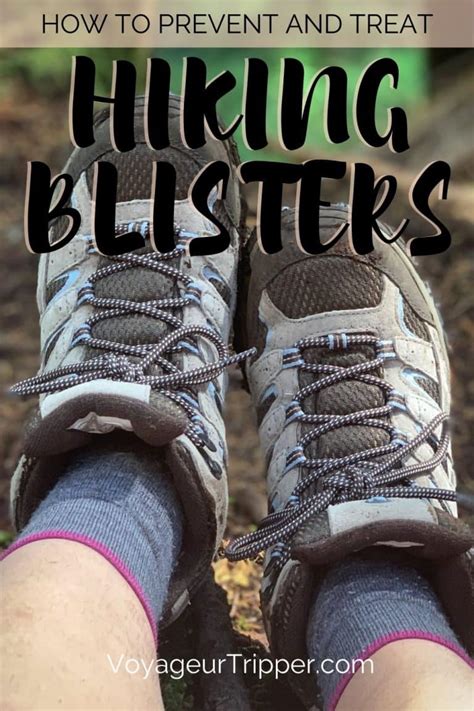Understanding the Blister Battle
Blisters are a hiker’s worst nightmare, turning an enjoyable trek into a painful ordeal. Caused by friction, moisture, and heat, they can sideline even the most experienced adventurers. Fortunately, with the right preparation and knowledge, you can significantly reduce your risk of developing these dreaded skin irritations. This guide will walk you through the most effective strategies to keep your feet happy and blister-free on the trail.
Choosing the Right Boots: A Foundation for Comfort
Your hiking boots are your most critical piece of gear. An ill-fitting boot is the primary culprit behind most blisters. When selecting boots, prioritize fit over brand or style. Your toes should have ample wiggle room, and your heel should feel secure without slipping excessively. Always try on boots with the type of socks you’ll wear for hiking, preferably at the end of the day when your feet are slightly swollen. Walk around the store, ascend and descend ramps if available, and ensure there are no pressure points.
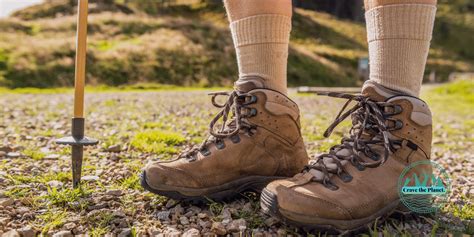
Remember that new boots need to be broken in. Start with shorter walks around your neighborhood before tackling long, challenging trails. This process allows the boots to mold to your feet and helps you identify any potential problem areas early on.
Socks are Crucial: Your First Line of Defense
Often overlooked, socks play a pivotal role in blister prevention. Cotton socks are a definite no-go; they absorb moisture and stay wet, creating a perfect environment for friction and blisters. Instead, opt for synthetic materials like polyester, nylon, or merino wool. These materials wick moisture away from your skin, keeping your feet dry.
Consider a two-sock system: a thin, synthetic liner sock underneath a thicker, cushioned hiking sock. The liner sock wicks away moisture, and any friction occurs between the two sock layers rather than between the sock and your skin. Ensure your socks fit well – too loose, and they’ll bunch; too tight, and they can restrict circulation.
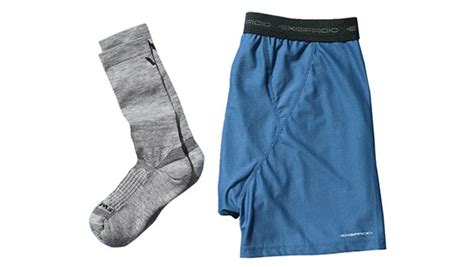
Lacing Techniques: Customize Your Fit
How you lace your boots can significantly impact comfort and reduce friction. Different lacing techniques can alleviate pressure points or secure your heel. For example, if you experience heel slip, a ‘surgeon’s knot’ or ‘loop lacing’ at the ankle can lock your heel in place. If the top of your foot feels too much pressure, skip a cross-over on one pair of eyelets. Experiment with different methods to find what works best for your foot shape and boot style.
It’s also a good idea to periodically re-tie your laces during a hike, especially if your feet swell or the terrain changes. A snug, but not overly tight, fit is key.
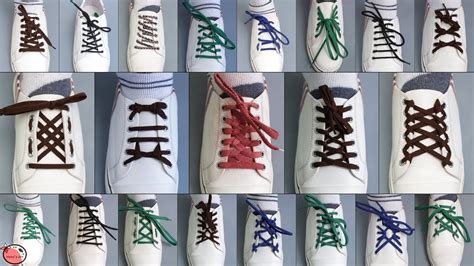
Pre-Hike Preparation: Don’t Skip These Steps
Before you even hit the trail, there are several preventative measures you can take. Keep your toenails trimmed short to prevent them from pressing against your boot. Moisturize your feet regularly to keep skin supple, but avoid heavy creams right before a hike. Applying anti-chafing balm, petroleum jelly, or specialized blister prevention tape (like moleskin or Kinesiology tape) to known hot spots before you start can create a protective barrier against friction.
Consider using foot powder to absorb moisture, especially in warm climates. Some hikers even swear by hardening their feet with a daily alcohol rub or tea tree oil solution weeks before a major trek, though scientific evidence for this is mixed.
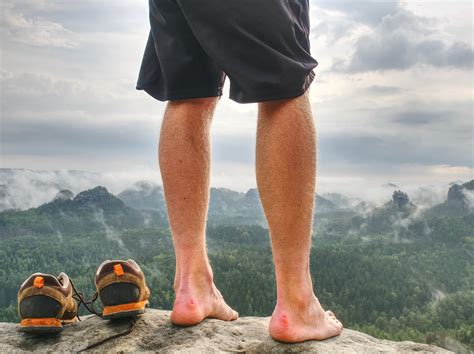
On-Trail Strategies and Immediate Action
During your hike, pay attention to your feet. The moment you feel a ‘hot spot’ – a tingling, burning sensation that signals an impending blister – stop immediately. Do not wait for the blister to form. Take off your boots and socks, inspect your foot, and apply a blister prevention patch, moleskin, or tape to the area. Ensure the tape adheres smoothly without wrinkles.
Take regular breaks to air out your feet and allow them to dry. If your socks become wet from sweat or external moisture, change them. Carrying an extra pair of dry socks is a lightweight luxury that can prevent a lot of misery. If possible, remove your boots during long breaks to let your feet breathe and recover.
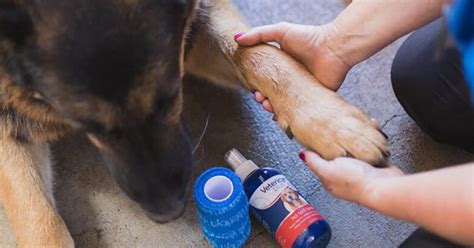
Conclusion
Blisters are not an inevitable part of hiking. By investing in proper-fitting boots, choosing the right socks, mastering lacing techniques, preparing your feet, and acting quickly at the first sign of trouble, you can significantly enhance your comfort and enjoyment on the trail. Prioritize foot care, and your hiking adventures will be much more pleasant and memorable.
